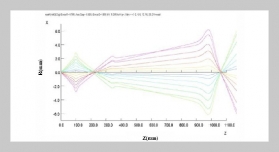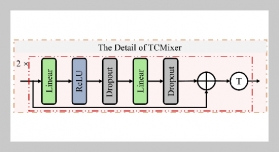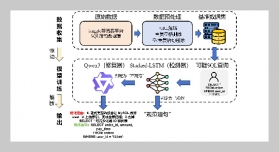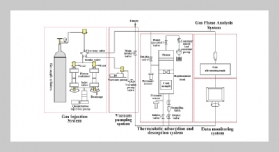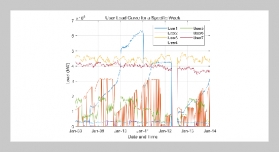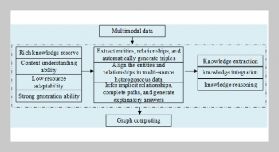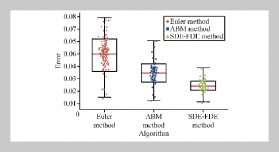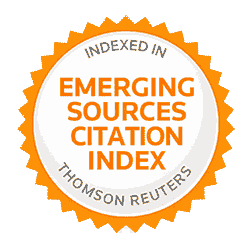Ping-Hsun Chen This email address is being protected from spambots. You need JavaScript enabled to view it.1, Ta-Te Chen2 and Han-Chang Shih1 1Department of Materials Science and Engineering, National Tsing Hua University, Hsinchu, Taiwan 300, R.O.C.
2Mosel Vitelic Inc., Science Based Industrial Park, Hsinchu, Taiwan 300, R.O.C.
Received:
August 14, 2004
Accepted:
September 7, 2007
Publication Date:
June 1, 2008
Download Citation:
||https://doi.org/10.6180/jase.2008.11.2.15
In this article, a commercial RTP equipment is used for argon gas-based TiSiX phase transformation on a 6-in wafer. The experimental parameters are predeposited Ti film thickness and argon gas flow rate. The sheet resistance was measured for each wafer to study the effects of above parameters. The surface roughness was compared by AFM. It is found (1) that the argon gas flow rate will influence the reduced sheet resistance ratio and (2) it will sacrifice the surface roughness compared to the nitrogen gas-based RTP.ABSTRACT
Keywords:
Semiconductors, Heat Treatment, Electron Microscopy, Electrical Properties
REFERENCES



